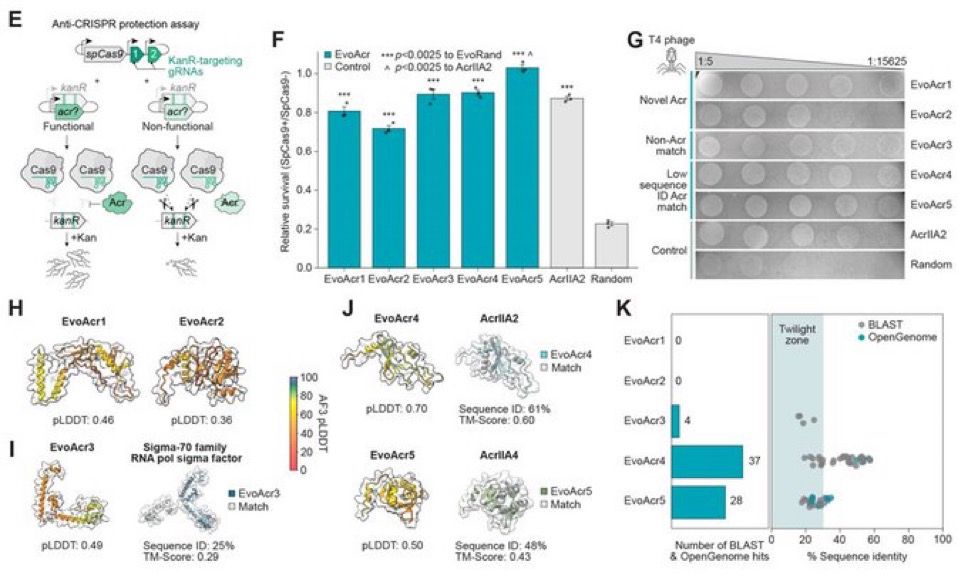Aditi Merchant
@adititm.bsky.social
290 followers
570 following
14 posts
BioE PhD student @ Stanford in the Hie Lab // ML for Synthetic Biology
Posts
Media
Videos
Starter Packs
Pinned
Reposted by Aditi Merchant
Aditi Merchant
@adititm.bsky.social
· Dec 19
Aditi Merchant
@adititm.bsky.social
· Dec 19
Aditi Merchant
@adititm.bsky.social
· Dec 19
Aditi Merchant
@adititm.bsky.social
· Dec 19








